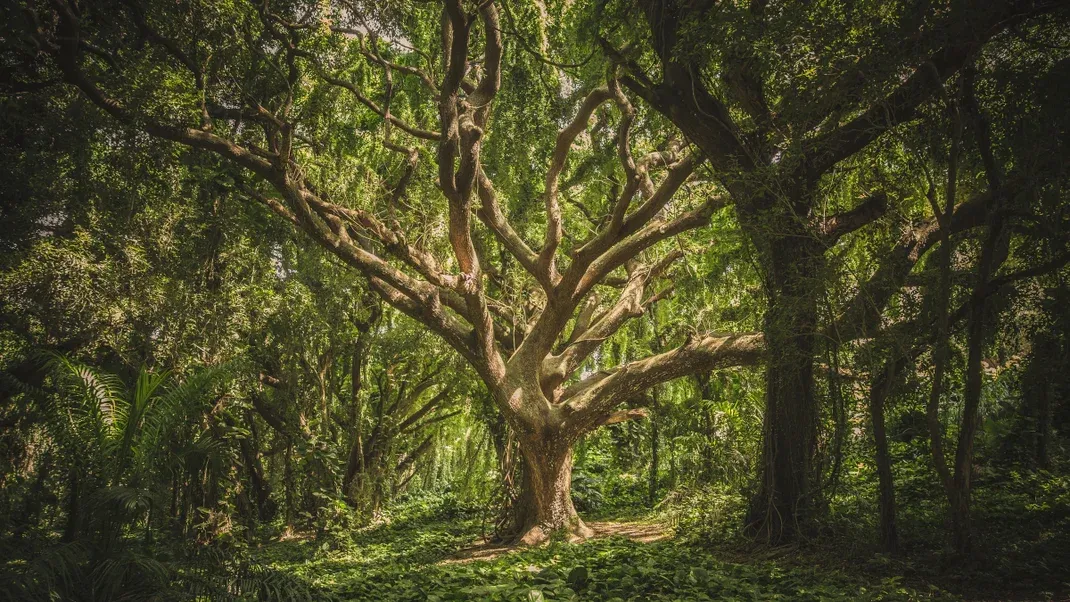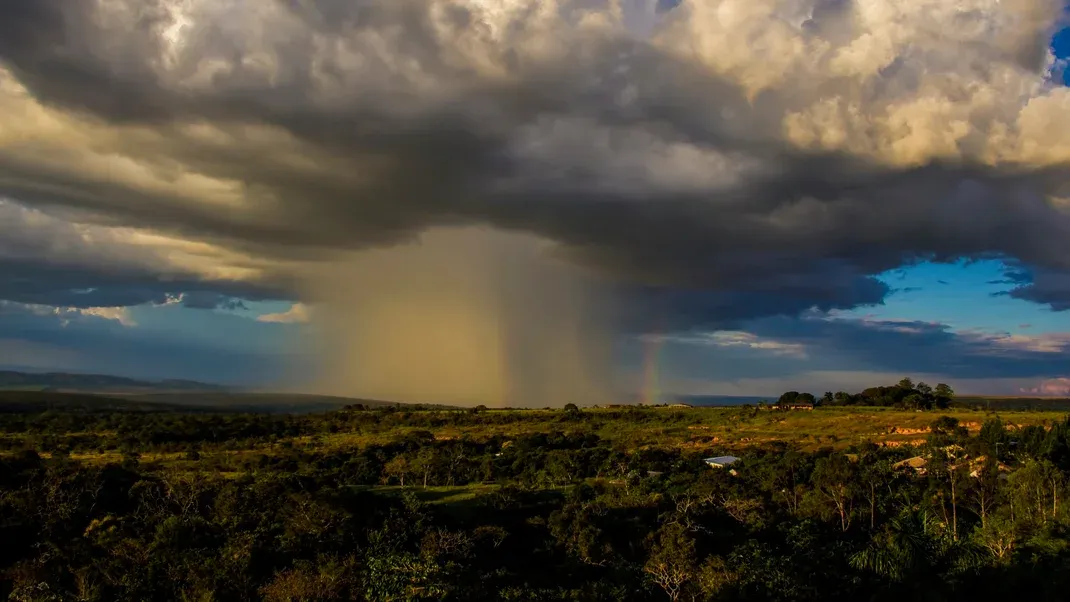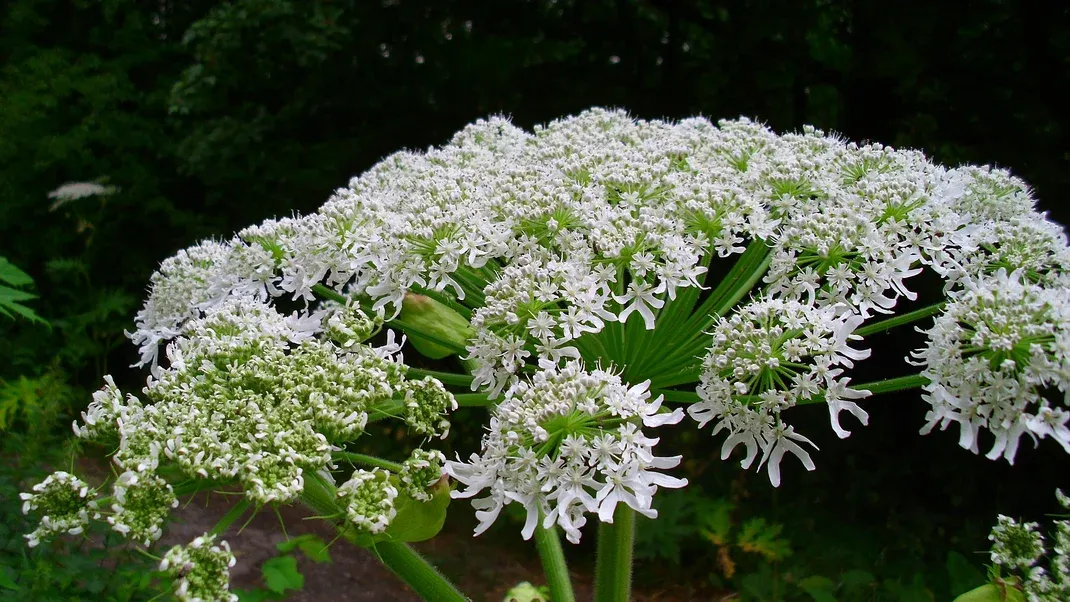14 Amazing Tree Facts to Impress Your Hiking Partners
Trees are not only essential for the environment but also hold some fascinating facts that can impress your hiking partners. Did you know that the tallest tree in the world is a redwood in California, reaching a whopping 380 feet? Or that the oldest tree is a bristlecone pine in California, estimated to be over 5,000 years old? Trees also communicate with each other through an underground network of fungi, and some can even "scream" when they are thirsty. These are just a few of the amazing tree facts that can add a new level of intrigue to your next hiking adventure.

Trees are a fundamental part of the natural world, providing us with oxygen, shade, and beauty. But beyond their aesthetic appeal, trees are also fascinating organisms with a rich history and a wealth of interesting facts. If you're an outdoor enthusiast who loves to hike, impress your hiking partners with these 14 amazing tree facts.
1. The world's oldest tree is over 5,000 years old.
In the White Mountains of California, a bristlecone pine tree named Methuselah is believed to be the oldest living tree in the world, estimated to be over 5,000 years old. This ancient tree has survived countless generations and has witnessed the rise and fall of civilizations.
2. Trees communicate with each other.
Trees have an elaborate underground network of roots and fungi that allows them to communicate with each other. Through this network, trees can share nutrients, water, and even chemical signals to warn each other of potential threats.
3. The tallest tree in the world is over 380 feet tall.
Redwood trees, native to the coastal regions of California, are the tallest trees in the world. The tallest redwood, named Hyperion, stands at a staggering 380 feet tall, making it taller than the Statue of Liberty.
4. Trees can "walk" several inches per year.
Some species of trees, such as the Sycamore, have the ability to "walk" by growing roots on one side of the trunk and dying off on the other, causing the tree to lean in the direction of the new growth. Over time, this process can cause the tree to move several inches per year.
5. The world's largest tree by volume is over 52,500 cubic feet.
The General Sherman, a giant sequoia tree in California's Sequoia National Park, holds the title of the world's largest tree by volume. This massive tree has a trunk that measures over 100 feet in circumference and contains an estimated 52,500 cubic feet of wood.
6. Trees have their own immune system.
Just like humans, trees have a sophisticated immune system that allows them to defend against diseases and pests. When a tree is under attack, it can release chemicals and toxins to fight off the threat and protect itself.
7. The world's thickest tree has a circumference of over 119 feet.
The Arbol del Tule, a Montezuma cypress tree in Mexico, holds the title of the world's thickest tree with a circumference of over 119 feet. This ancient tree is estimated to be over 2,000 years old and is a popular tourist attraction in the region.
8. Trees can "talk" to animals.
Many species of trees have evolved to attract specific animals as pollinators or seed dispersers. For example, some trees produce fruits or nectar that are specifically designed to attract birds, bats, or insects, which then help the tree reproduce by spreading its seeds.
9. The world's narrowest tree is less than 4 inches in diameter.
The Quindio wax palm, native to the Andes mountains in Colombia, holds the title of the world's narrowest tree with a diameter of less than 4 inches. Despite its slender appearance, this tree can grow to heights of over 200 feet.
10. Trees can form mutually beneficial relationships with other organisms.
Many species of trees form symbiotic relationships with other organisms, such as fungi, bacteria, and insects. These relationships can help the tree access nutrients, improve its resilience to stress, and even protect it from predators.
11. The world's fastest-growing tree can grow up to 10 feet per year.
The Paulownia tree, native to eastern Asia, is known for its rapid growth rate, with some individuals capable of growing up to 10 feet in a single year. This makes the Paulownia a popular choice for reforestation and timber production.
12. Trees can "hibernate" to survive harsh conditions.
In response to extreme environmental conditions, such as drought or freezing temperatures, some trees have the ability to enter a state of dormancy, known as hibernation. During this period, the tree conserves energy and protects itself from harm until conditions improve.
13. The world's oldest living tree species is over 200 million years old.
Ginkgo biloba, also known as the maidenhair tree, is the only living species in its genus and is considered a living fossil. This unique tree has remained virtually unchanged for over 200 million years, making it one of the oldest living tree species on the planet.
14. Trees can live for thousands of years.
Some species of trees, such as the bristlecone pine and the yew tree, have the potential to live for thousands of years. These long-lived trees have survived countless environmental changes and have become symbols of resilience and endurance.
As you venture into the great outdoors with your hiking partners, share these amazing tree facts to deepen your appreciation for the natural world and impress your companions with your knowledge. With their rich history, incredible diversity, and remarkable abilities, trees are truly one of the most fascinating and essential components of our planet's ecosystems.
Related Posts

Magma, Eruptions, and Third-Degree Burns: A Beginner’s Guide to Geysers

Phenomenon: Microbursts Are Miniature Storms That Come Out of Nowhere

Phenomenon: The Northern Lights Are a Spectacular Show from Space



